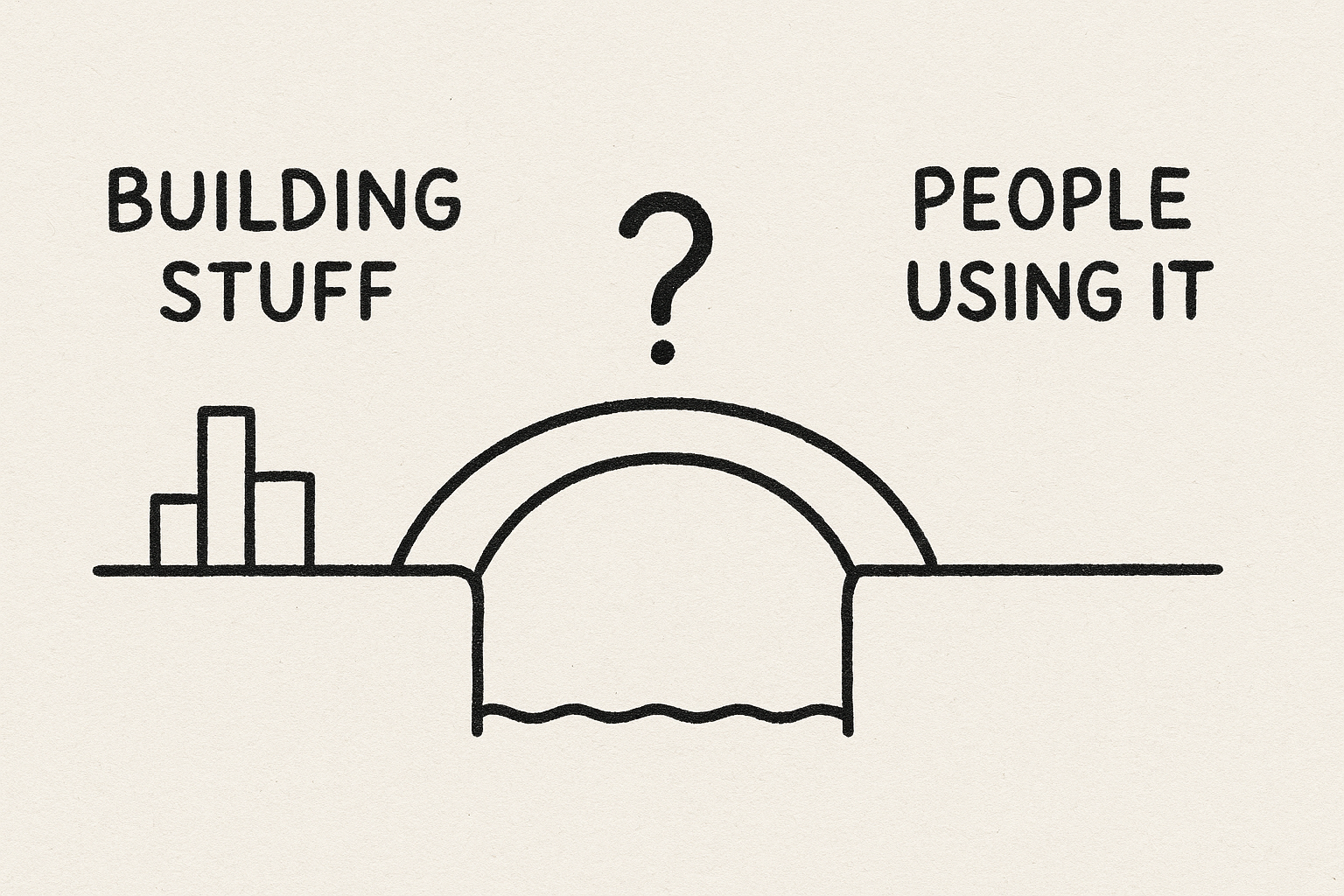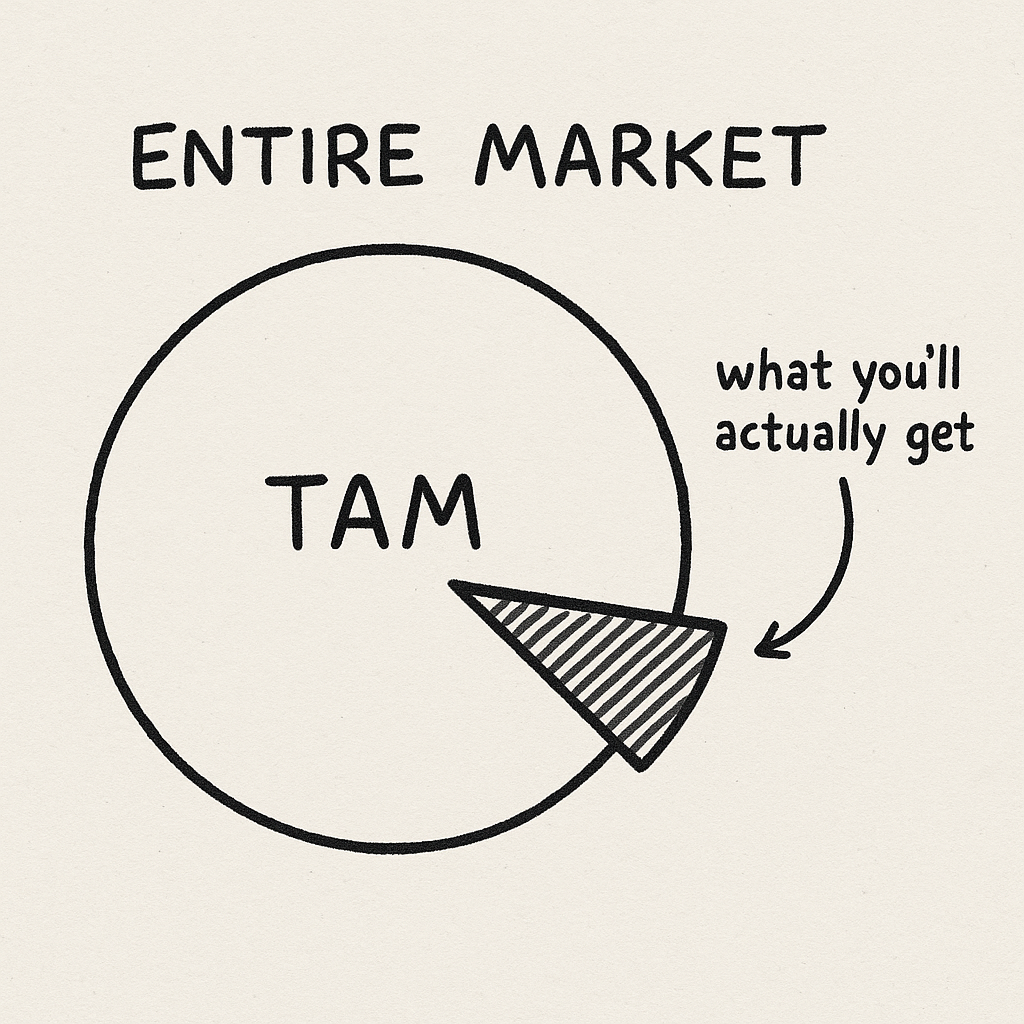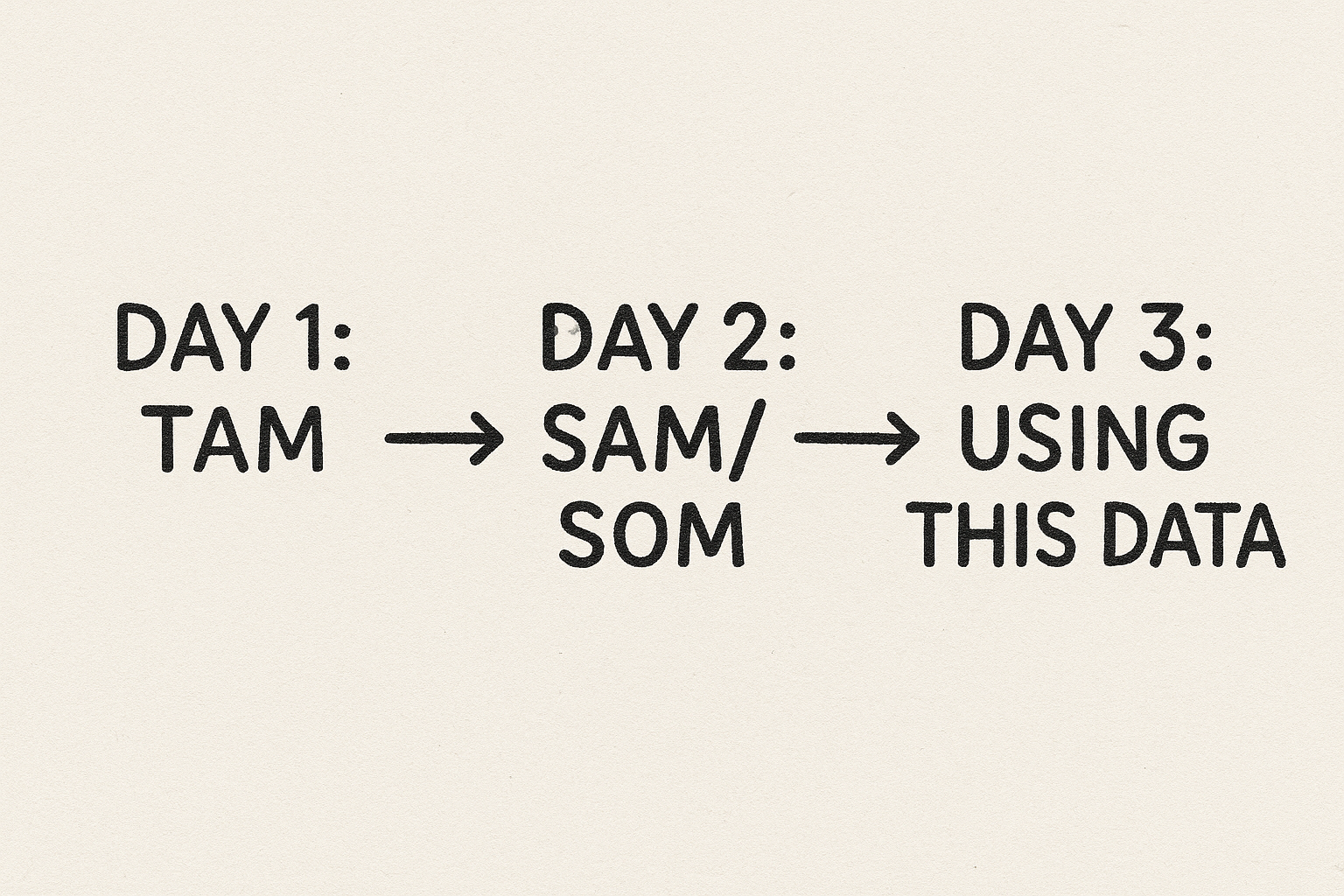day 1: learning gtm engineering, wtf is tam?
·
6 min read
day 1: learning gtm engineering - wtf is tam?
yo, i’m rahul.
so i decided to learn gtm engineering. why? because i realized that building cool stuff ≠ people actually using/buying it. pain.
today was day 1 and honestly? i spent like 3 hours going down this rabbit hole trying to figure out where to even START. every article, every video, every linkedin post kept throwing around this term: TAM.
and everyone just… assumed i knew what it meant? like sir, i’m here to LEARN.
so here’s what i figured out after those 3 hours. no fluff, no corporate speak, just what i actually learned about tam and why it matters if you’re trying to get into gtm.
(also yes, i’m documenting this whole journey publicly. learn with me or laugh at my mistakes, your choice 🤝)
wait why are you even learning gtm engineering?
quick context so you’re not confused:
i’m rahul. i’ve always been focused on the building side of things. code, features, products, all that. but then i realized… bro what’s the point if nobody knows it exists?

that’s where gtm (go-to-market) engineering comes in. it’s basically the bridge between “i built this” and “people are actually using/paying for this.”
gtm engineers figure out:
- who should we even build this for
- how do we reach them
- how do we make them pay us (crucial lol)
- how do we scale without everything breaking
and apparently tam is like the FIRST thing you need to understand. so here we are.
okay so what even is tam?
tam = total addressable market
in normal words: it’s the total revenue opportunity available if you captured literally EVERYONE who could possibly use your product.
like, imagine you built a project management tool. your tam would be: every single person/company in the world that needs project management × what they’d pay you.
spoiler: you’re never gonna capture 100% of the market. but tam shows you the ceiling. the dream scenario.

why does this matter tho?
three main reasons i found:
- helps you decide what to build - if the tam is tiny, maybe don’t spend 2 years on it
- shows if your idea is actually big - $10M tam vs $10B tam = very different games
- investors want to see it - they’re literally not gonna listen if you can’t show the market size
my initial confusion: i thought tam was just some random metric investors made up to sound smart. nah, it’s actually useful for deciding what to work on.
how do you actually calculate tam?
okay this is where it got interesting. there’s like two main ways:
method 1: top-down (the lazy way)
you find some market research report that says “the global [industry] market is worth $X billion”
example: “the project management software market is worth $5B”
pros: easy to find
cons: super generic, probably not accurate for YOUR specific thing
method 2: bottom-up (the real way)
you actually do the math yourself:
tam = (# of potential customers) × (average revenue per customer)
let me show you with an example i worked through:
example: building a tool for freelance designers
- how many freelance designers exist? (let’s say 2 million globally)
- how much would they pay per year? (say $200/year subscription)
- tam = 2M × $200 = $400M
where i messed up at first:
- i was counting people who would NEVER pay (broke students, hobbyists, etc.)
- i used annual revenue but counted total lifetime users (don’t mix timeframes lol)
- i forgot to check if my number even made sense (if you’re getting billions for a niche tool… probably wrong)
the key: be realistic about who would ACTUALLY pay for this.
tam vs sam vs som (the confusing trio)
so tam isn’t alone. there’s this whole family of metrics and they kept popping up together:
tam (total addressable market) = everyone who COULD use this
- example: all 2M freelance designers globally
sam (serviceable addressable market) = who you can actually REACH
- example: only english-speaking designers in US/EU/india = maybe 500k
som (serviceable obtainable market) = who you’ll realistically GET in year 1
- example: maybe you capture 1% = 5,000 users

think of it like:
- tam = the whole pizza
- sam = the slices you can actually reach
- som = the slice you’ll actually eat
(i’ll probably do a deeper dive on sam and som later but this is enough for day 1)
resources that actually helped me understand this
okay so here’s what i used to learn this stuff:
- TAM - Wiki [All you need lol]
- ChatGPT - To breakdown some stuff
the stuff that helped most: real examples with actual numbers. not just theory.
the stuff that sucked: vague corporate articles that kept saying “it’s important” without showing HOW to do it.
what i’m doing next
homework for myself: i’m gonna pick a real product idea and calculate its tam properly. gonna show my work and probably mess up. we’ll see.
tomorrow i’m diving into sam and figuring out how to narrow down from that huge tam number to something realistic.
also need to understand how gtm engineers actually USE this info day-to-day. like cool i have a number, now what?

tldr (if you skipped everything)
- tam = total addressable market = max revenue if you got everyone
- calculated by: # potential customers × avg revenue per customer
- matters because: shows if idea is worth it + investors want it
- don’t confuse it with sam (reachable) or som (obtainable)
- be realistic in your calculation or you’ll look dumb
okay that’s day 1
if you’re learning gtm too, say hi on linkedin. what’s confusing you? what should i explore next?
also if i got anything wrong here (very possible) let me know. literally learning this as i go.
day 2 coming soon lol ✌️